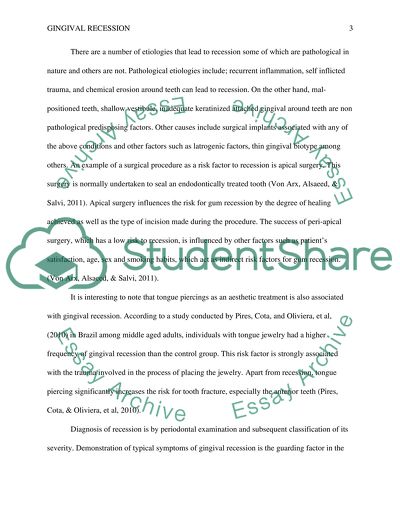Cite this document
(“Gingival recession and gingival tissue graft Essay”, n.d.)
Gingival recession and gingival tissue graft Essay. Retrieved from https://studentshare.org/health-sciences-medicine/1497987-gingival-recession-and-gingival-tissue-graft
Gingival recession and gingival tissue graft Essay. Retrieved from https://studentshare.org/health-sciences-medicine/1497987-gingival-recession-and-gingival-tissue-graft
(Gingival Recession and Gingival Tissue Graft Essay)
Gingival Recession and Gingival Tissue Graft Essay. https://studentshare.org/health-sciences-medicine/1497987-gingival-recession-and-gingival-tissue-graft.
Gingival Recession and Gingival Tissue Graft Essay. https://studentshare.org/health-sciences-medicine/1497987-gingival-recession-and-gingival-tissue-graft.
“Gingival Recession and Gingival Tissue Graft Essay”, n.d. https://studentshare.org/health-sciences-medicine/1497987-gingival-recession-and-gingival-tissue-graft.


